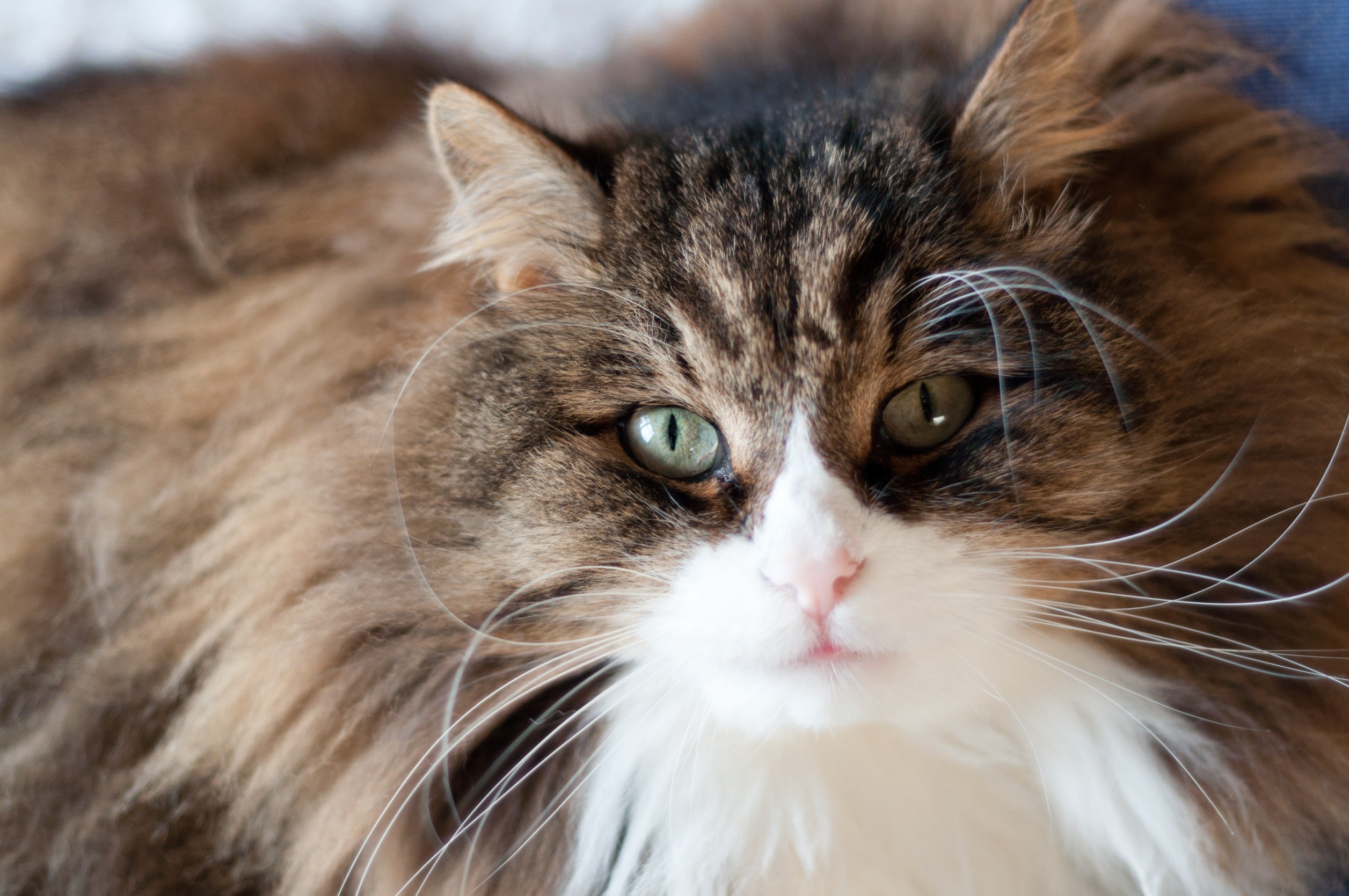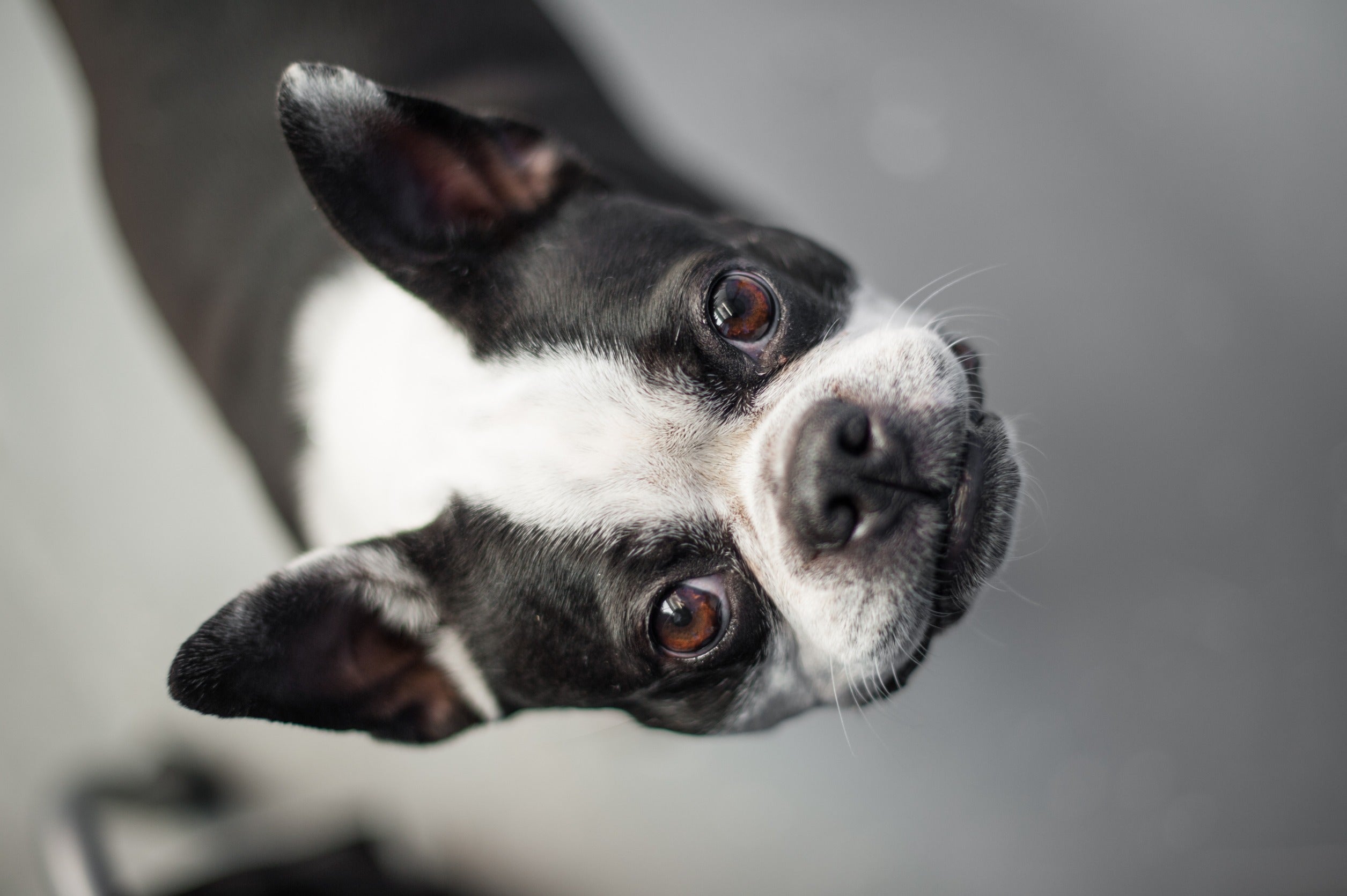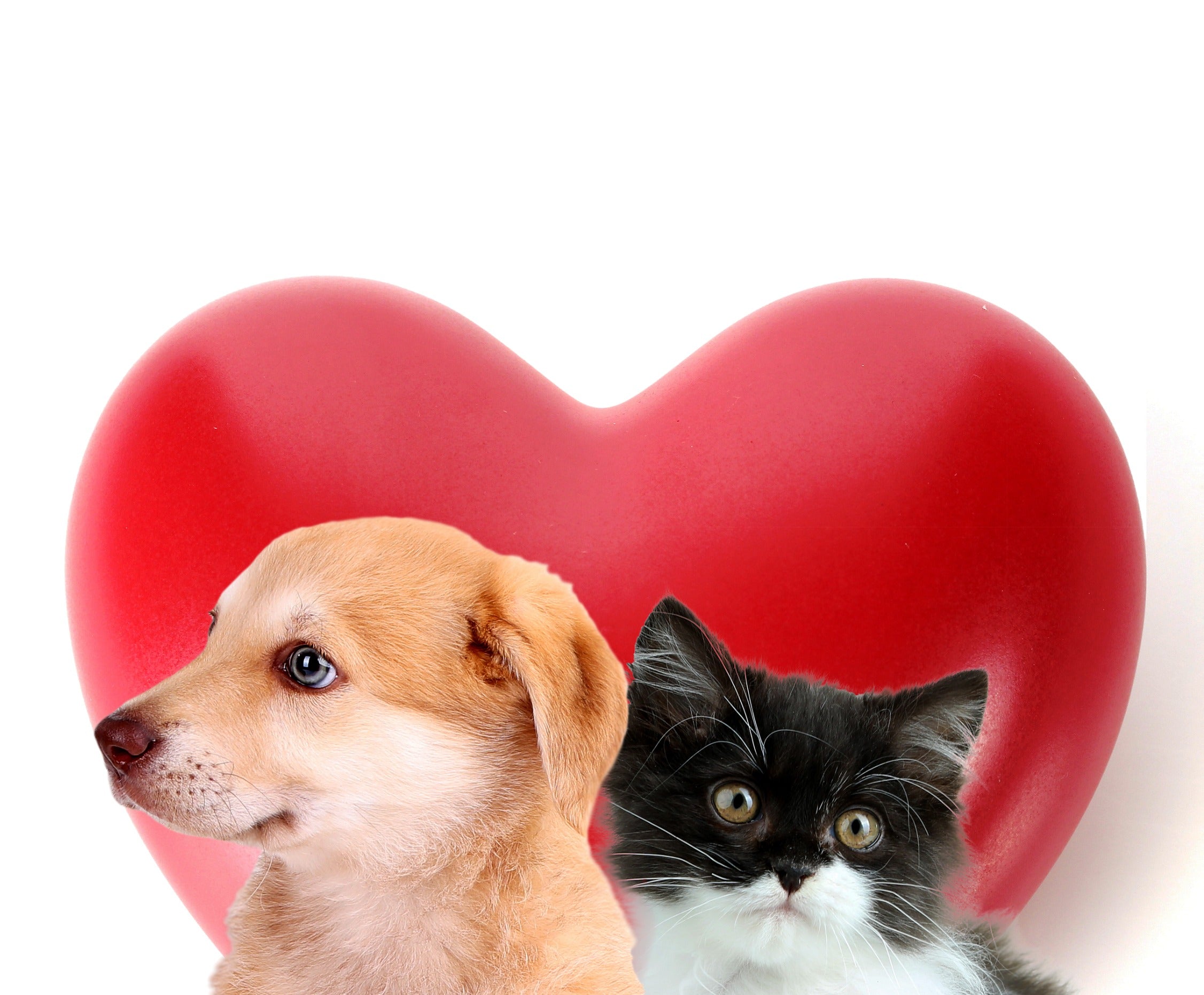What wet food is best for cats with liver disease?

Written by Dr. Sarah-Jane Molier BSc BVM&S MRCVS (United Kingdom)
Liver disease is fairly common in cats. Liver disease in cats can happen on its own, or the liver can be affected by other conditions, such as diabetes. The good news is that the liver is very good at repairing itself! Also, two-thirds of the liver would need to be badly affected for actual liver failure to occur. Appropriate, good quality nutrition plays an important role in the recovery from liver disease, so let’s explore what food is best for cats with liver disease.
What is liver disease?
‘Liver disease’ is a blanket term for all conditions affecting the liver. It is more common in older cats, overweight cats, and certain breeds (such as Siamese cats). Cats can suffer from a wide range of liver diseases with a variety of possible causes. Some examples of common liver diseases in cats include:
- Bacterial or viral infections:
Bacteria can travel from the intestine to the liver via the bile duct. Sometimes this happens in a condition called ‘triaditis’, where the pancreas and intestines are affected too. Viruses such as feline infectious peritonitis (FIP) can also cause liver disease.
- Inflammation
Cats can get a condition called ‘lymphocytic cholangitis’, meaning ‘inflammation of the bile ducts’, and ‘relating to white blood cells’. The exact cause is unknown, but there may be an auto-immune element.
- Fatty liver
This is medically known as ‘hepatic lipidosis’. This condition is common in cats who stop eating for several days, and is more common in overweight cats. When a cat has been anorexic for several days, the body rapidly breaks down fat in order to supply energy. The liver cannot cope with processing this, so the fat builds up within the cells of the liver. This causes the cells to swell, damaging them and restricting bile flow.
- Liver disease caused by toxins
Cats are missing some metabolic pathways in the liver (which dogs and humans have) that deal with certain toxins. This means they are more prone to liver damage caused by poisons and some medications.
- Cancer
There are a number of different cancers that can affect a cat’s liver. There are some primary liver cancers, or there are cancers that arise elsewhere and spread to the liver.
Liver disease in cats can also be secondary to other conditions, such as diabetes or an overactive thyroid.
What does the liver do?
- Digestion
- Energy and protein metabolism
- Processing waste products and toxins
- Protein synthesis
- Hormone synthesis
- Immune system modulation
So, as you can see, the liver is crucial for maintaining overall health. However, because the liver has such great reserves and power of regeneration, actual liver failure does not occur until around two thirds of the liver is badly damaged.
Symptoms of liver disease in cats
The symptoms of liver disease in cats can be vague and non-specific, especially in the early stages. This means it’s important to know what to look out for, so that you can take your cat to their vet as soon as possible.
Signs of liver disease in cats include:
- Reduced appetite or anorexia (not eating at all)
- Lethargy (sleepiness)
- Increased thirst
- Weight loss
- Vomiting
- Swollen tummy
- Yellow gums and / or whites of the eyes (jaundice)
- Fever
- In severe liver disease with hepatic encephalopathy: confusion, drooling, seizures, coma.
Some of these signs can be caused by many different illnesses, so the sooner your cat is assessed by a vet, the better!
How is liver disease diagnosed?
Your vet would start by taking a history from you and examining your cat. If they suspect liver disease, they will advise blood tests and urine tests. These provide information on liver damage, liver function and inflammation. Blood tests can also give clues as to the cause of the liver disease, for example looking for evidence of infection.
Your vet may also advise abdominal imaging to assess the liver, gallbladder, intestines and pancreas. Usually, the only way to determine the exact cause of liver disease is to take a biopsy of the liver under a general anaesthetic. This is then sent to a laboratory for analysis.
Treatment for liver disease in cats
The treatment for liver disease will partly depend on the underlying disease, or cause. For example, a bacterial infection will need antibiotics. There are some supportive treatments that can be helpful in a variety of liver disease, such as:
- Intravenous fluid therapy (a fluid drip)
- A good quality diet (see below for requirements of a diet to support cats with liver disease)
- Anti-sickness or anti-nausea medication
- S-adenosylmethionine (SAM-e) - an essential amino acid which is important for many bodily functions
- Ursodeoxycholic acid - which can be useful in some situations when the bile ducts and / or gall bladder are involved
- Vitamin K - which is important for blood clotting and can be deficient in liver disease.
Your vet would tailor a treatment plan based on your cat’s unique needs.
Feeding cats with liver disease
Liver disease causes malnutrition due to poor appetite, nausea and/or vomiting. The liver is also responsible for nutrient digestion, absorption and metabolism. As a result, these are impaired in cats with liver disease.
Diet therefore plays an important role in the recovery from liver disease in cats. The diet should ideally be:
- containing the correct levels (minimum 30-40% of ME (metabolisable energy)) of good quality protein, to prevent malnutrition.
- moderately low in carbohydrate (around 20% of ME and definitely less than 45% of ME)
- highly palatable (i.e. very tasty!), since cats with liver disease often have a reduced appetite
- easily digestible, to take pressure off the liver
- containing a good quality source of omega-3 fatty acids, such as fish oil or Green Lipped Mussels, for their anti-inflammatory and antioxidant properties
- containing other antioxidants, to help protect the liver against further damage.
Vitamin and minerals are also important in a diet for cats with liver disease. The liver is responsible for metabolising and storing most vitamins and minerals, such as copper, zinc and manganese. This means vitamin and mineral deficiencies can occur with liver disease; due to reduced intake of food, reduced ability of the liver to process vitamins from the diet, and reduced liver stores.
B vitamins are important in cats with liver disease. Thiamine (vitamin B1) is an essential coenzyme. Cats are more sensitive to thiamine deficiency than dogs, so supplementing vitamin B1 can be beneficial in cats with liver disease.
Cobalamin (vitamin B12) can be low in cats who have liver disease alongside disease of the pancreas and / or intestine. Low vitamin B12 can also occur in cats with fatty liver. Your vet may suggest testing your cat’s cobalamin levels, or they may advise supplementation, since water soluble vitamins are generally considered relatively safe to supplement.
The uptake of fat soluble vitamins (A, D, E and K) can be impaired in liver disease. Vitamin K and E deficiencies are the most common, since vitamins A and D are stored in the body in adequate amounts. Tocopherol (vitamin E) has antioxidant properties and helps to protect the liver against further damage. So, adequate dietary vitamin E can be important for cats with liver disease.
You should never give any supplements to your cat without checking with your vet first. Many good quality, complete cat diets are already fortified with vitamins and minerals, at safe levels.
There are special ‘prescription’ diets to support cats with liver disease, and some non-prescription cat foods will also fit these criteria. Your vet will be able to advise you on the best diet for your cat.
Home cooked diets are not recommended, unless you are following a formulation from a veterinary qualified nutritionist. It’s very difficult to properly balance a diet for cats, so home cooked diets are usually nutritionally incomplete and are likely to worsen liver disease.
Key Points
Luckily, most cases of feline liver disease can be successfully treated, and many cats will recover well. There are many types of liver disease in cats, and the treatment plan will depend on the cause. Supportive treatment such as fluid therapy and anti-nausea drugs are often needed. Alongside medical treatments, diet plays an important role in the recovery from liver disease. There are prescription diets available, formulated to support cats with liver disease. Some non-prescription diets will also be suitable. It’s always safest to check with your veterinarian if a particular diet is suitable for your cat’s unique needs.
Usually, the sooner liver disease is detected, the better the prognosis. So, if you notice any of the signs of liver disease in cats, book an appointment with their vet as soon as possible.




